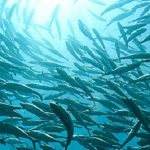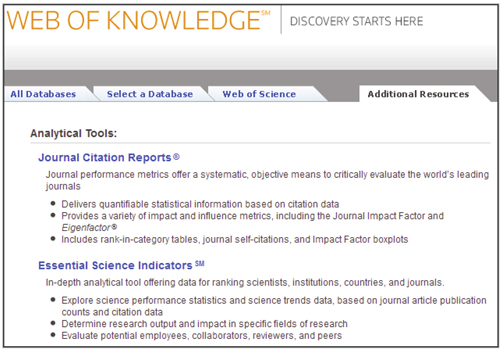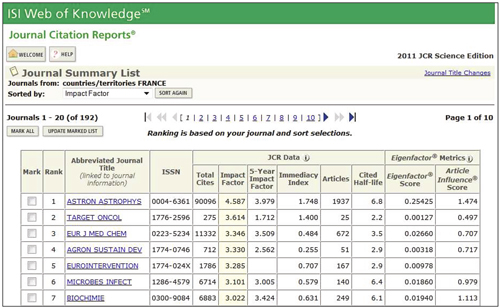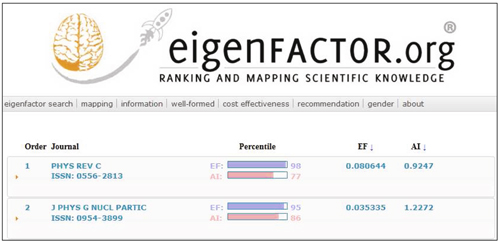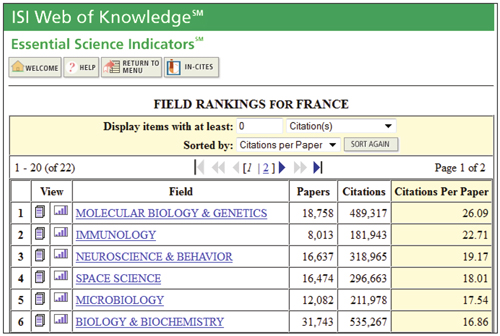Présentation
Auteur(s)
-
François BOUTIN : Professeur des Universités, Université Montpellier 1
Lire cet article issu d'une ressource documentaire complète, actualisée et validée par des comités scientifiques.
Lire l’articleMOTS-CLÉS
bibliométrie | Impact Factor | Eigenfactor | h-index | SCImago | Journal Citation Reports
DOI (Digital Object Identifier)
Cet article fait partie de l’offre
Management et ingénierie de l'innovation
(424 articles en ce moment)
Cette offre vous donne accès à :
Une base complète d’articles
Actualisée et enrichie d’articles validés par nos comités scientifiques
Des services
Un ensemble d'outils exclusifs en complément des ressources
Un Parcours Pratique
Opérationnel et didactique, pour garantir l'acquisition des compétences transverses
Doc & Quiz
Des articles interactifs avec des quiz, pour une lecture constructive
Présentation
À l’heure où le « sort » de chaque chercheur, laboratoire ou institution dépend pour partie de la qualité des publications produites, il est important de comprendre les critères d’évaluation utilisés.
Sont présentés ici les principaux indicateurs bibliométriques et leur base de données de prédilection : Impact Factor et Eigenfactor d’ISI Web of Science, h-index de Google Scholar et SJR de Scopus.
Cette fiche doit vous permettre de comprendre :
- le fonctionnement de ces indicateurs ;
- leurs avantages et leurs limites ;
- la nécessité de relativiser/contextualiser ces indicateurs.
Repères :
Cet article fait partie de l’offre
Management et ingénierie de l'innovation
(424 articles en ce moment)
Cette offre vous donne accès à :
Une base complète d’articles
Actualisée et enrichie d’articles validés par nos comités scientifiques
Des services
Un ensemble d'outils exclusifs en complément des ressources
Un Parcours Pratique
Opérationnel et didactique, pour garantir l'acquisition des compétences transverses
Doc & Quiz
Des articles interactifs avec des quiz, pour une lecture constructive
Aller plus loin
Bibliographie
[1] E. Garfield, « The Agony and the Ecstasy - The History and Meaning of the Journal Impact Factor », Int. Congr. Peer Rev. Biomed. Publ., sept. 2005
[2] C. Bergstrom, « Eigenfactor: Measuring the value and prestige of scholarly journals », Coll. Res. Libr. News, vol. 68, n° 5, p. 314-316, 2007
[3] P. O. Seglen, « Why the impact factor of journals should not be used for evaluating research », BMJ, vol. 314, n° 7079, p. 498-502, févr. 1997
[4] A.-W. Harzing et R. van der Wal, « A Google Scholar h-index for journals: An alternative metric to measure journal impact in economics and business », J. Am. Soc. Inf. Sci. Technol., vol. 60, n° 1, p. 41-46, 2009.
[5] B. Gonzalez-Pereira, V. Guerrero-Bote, et F. Moya-Anegon, « The SJR indicator: A new indicator of journals’ scientific prestige », arXiv e-print 0912.4141, déc. 2009
Sites Internet
ISI Web of Knowledge de Thomson Reuters et ses indicateurs bibliométriques :
- accès réservé à la plate-forme : http://apps.webofknowledge.com
- accès gratuit aux indicateurs Eigenfactor : www.eigenfactor.org
Google Scholar et ses indicateurs bibliométriques :
- accès gratuit à Google Scholar : http://scholar.google.fr
- accès gratuit à l’indice h5 : http://scholar.google.fr/citations?view_op=top_venues&hl=fr
- accès gratuit à Publish or Perish (téléchargement) : http://www.harzing.com/pop.htm
Microsoft Academic Search et ses indicateurs bibliométriques :
- accès gratuit à Microsoft Academic Search : http://academic.research.microsoft.com
- accès gratuit à Publish or Perish (téléchargement) : http://www.harzing.com/pop.htm
Scopus et ses indicateurs bibliométriques :
- accès gratuit à SciVerse Hub, concurrent de Google Scholar : http://www.hub.sciverse.com
- accès réservé à Scopus, base de données bibliographiques : http://www.scopus.com
- accès gratuit au SCImago Journal and Country Rank : http://www.scimagojr.com
- accès gratuit au SCImago Institutions Rankings 2012, proposant un classement d’institutions : http://www.scimagoir.com/pdf/sir_2012_world_report.pdf
Abréviations et acronymes
Sigles associés aux ressources de Web of Knowledge de Thomson Reuters :
- AI : Article Influence, indicateur bibliométrique proposé par ISI, disponible sur www.eigenfactor.org
- EF : Eigenfactor, indicateur bibliométrique proposé par ISI, disponible aussi sur www.eigenfactor.org
- ESI : Essential Science Indicators, publié par l’ISI, basé sur le WoS
- IF : Impact Factor, indicateur bibliométrique des revues de l’ISI présenté dans le JCR
- ISI : Institute for Scientific Information de Thomson Reuters
- JCR : Journal Citation Reports, publié par l’ISI, basé sur le WoS
- WoK : Web of Knowledge, plate-forme de l’ISI regroupant notamment l’accès à WoS, JCR et ESI
- WoS : Web of Science, base de données bibliographiques avec comité de lecture proposée par l’IS
Sigles associés aux ressources de Google Scholar :
- Indice h de Hirsch : indicateur bibliométrique utilisé par Google Scholar
- PoP : Publish or Perish, service bibliométrique de Google Scholar et Microsoft Academic Search
Sigles associés aux ressources de la base Scopus d’Elsevier :
- IC : International Collaboration, indicateur évaluant le pourcentage de collaborations internationales
- NI : Normalized Impact, impact normalisé d’une institution en termes de publications
- Q1 : indicateur évaluant le pourcentage de publications de l’institution dans le premier quartile
- SIR : SCImago Institution Ranking, classement d’institutions selon des critères bibliométriques
- SJR : SCImago Journal and Country Rank, interface bibliométrique de Scopus
Cet article fait partie de l’offre
Management et ingénierie de l'innovation
(424 articles en ce moment)
Cette offre vous donne accès à :
Une base complète d’articles
Actualisée et enrichie d’articles validés par nos comités scientifiques
Des services
Un ensemble d'outils exclusifs en complément des ressources
Un Parcours Pratique
Opérationnel et didactique, pour garantir l'acquisition des compétences transverses
Doc & Quiz
Des articles interactifs avec des quiz, pour une lecture constructive




